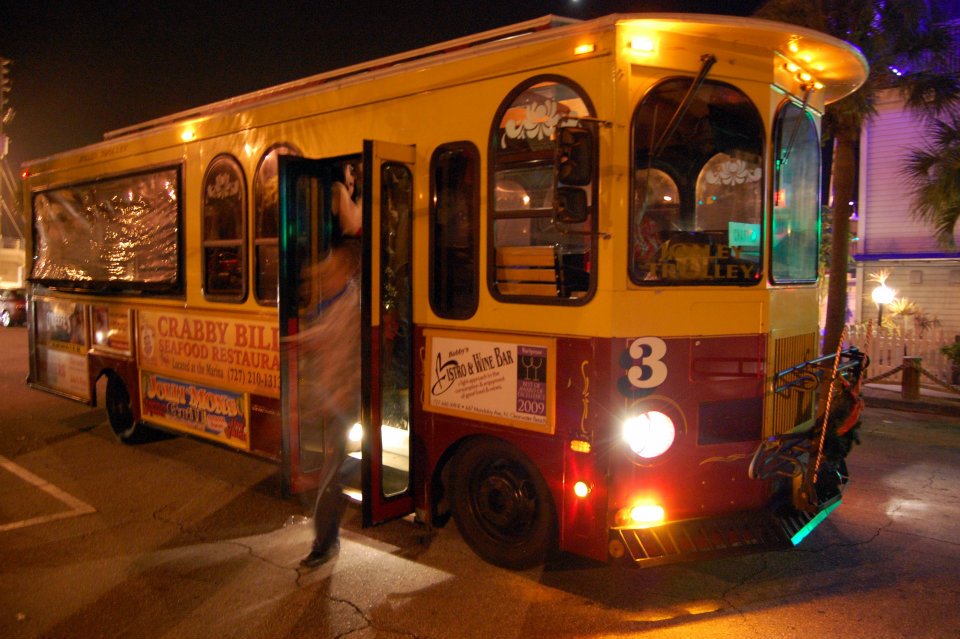Five Easy Ways Associations Can Go Green
While Earth Day has been celebrated worldwide since 1970, many of your members (and employees) may not know what it’s all about. Almost everyone does some spring cleaning, though, and Earth Day can be thought of as a way of doing some spring cleaning that benefits the planet. Here are some easy ways to ”spring clean” year-round that will help you do your part and raise awareness about this important global initiative.
- Be environmentally friendly: Use online communications for events and programs instead of paper.
- Reduce the amount of paper your association uses at events and meetings.
- Encourage more efficient transportation to your events. Consider subsidizing the cost of using public transportation for members who ride buses or trains.
- Use durable goods instead of disposables. This may be more expensive up front, but it’s cheaper in the long run.
- Challenge your members to change one environmentally unfriendly personal habit.
Five Easy Ways Associations Can Go Green:
Use online communications for events and regularly-occurring programs.
While having a paper postcard or invitation to reference is nice, and in many cases may be necessary for achieving desired attendance numbers, it is becoming more and more accepted to use email, fancy e-invites and even text to alert members to upcoming events. It’s not surprising why digital communications work well: one survey found that the average smart phone user checks their phone 110 times per day, and the Pew Research Internet Project found that 67 percent of cell phone owners check their phones for messages and alerts even when it’s not ringing or vibrating.
Digital communications don’t require paper, envelopes, extra info cards, plastic packaging or any of the other trappings of snail mail. Plus, using electronic communication saves your association money and time: emails don’t require stamps, and they are usually faster to compose and send to a group than addressing and stuffing paper mail pieces. It is still important to test the effectiveness of whatever type of communication you are using – make sure that what you send is effective as well as ‘green.’
Reduce the amount of paper you use.
Decreasing the size of your annual membership directory or awards program, such as taking an 8.5 x 11-inch booklet and condensing it into a 5 x 7-inch booklet, saves money while using less paper. Another earth-friendly tip: verify how many copies of a given publication were actually requested or picked up at your live event and adjust the print quantity accordingly the following year.
Another way to reduce paper use is to supplement your printed materials with electronic ones. For instance, you can set up an online registration for your monthly luncheon through your association’s website, but still make the familiar printed agendas available at the meeting. You could make one issue of your quarterly magazine available only in a digital format, but keep the other three issues in print format. You can post all pictures taken at your volunteer event online, but continue to send thank-you notes to those who participated through the mail.
Event apps are a popular, almost expected, way to distribute and update conference programs, speaker bios, venue maps, and other event details. Attendees enjoy having this information available through an app because most people are toting smart phones around anyway.
Keep your audience’s technological capabilities and communication expectations in mind as your staff gradually works toward a print/online balance that works for your membership.
Encourage more efficient transportation to your events.
Hold your events in a central location so that attendees do not have to use an excessive amount of gas (or emit more carbon into the atmosphere) to drive to a meeting. Promote the use of public transportation, if available, by helping members organize meetups to travel together on a train or bus, to share cabs and to reimburse all or a portion of their fares. Subsidizing the hidden costs of attendance like time in a car or train fares may also encourage more people to come in the first place.
When your events have multiple sessions and workshops, consider hosting everything within easy walking distance to encourage attendees to walk between meetings. Recommend restaurants and hotels that are within walking distance of the event (or accessible by public transportation) so that attendees choose to walk or use city transportation instead of driving cars. A perk of going green in this vein is that for destination meetings, you can use convenience as a selling point: Tell members and guests that once they to arrive, they park their cars once and don’t have to worry about driving in an unfamiliar location for a few days.
Reuse and recycle durable goods and organizational knowledge.
Create signage that can be used for multiple events over multiple years. Invest in durable event items such as cloth tablecloths and reusable nametags instead of purchasing disposable items for every event. Though this tactic may cost more money up front, in the long run your association will spend less per event.
Create a “passdown” culture in which officers or board members are expected to maintain their position’s notebook or other equipment in good enough condition that it can be passed down to their successor.
Take old copies of programs, directories, reference books and magazines to a local recycling center. Find one near your association on this site. Take sensitive documents that need shredding to a company that recycles their shredded waste.
For events, seek out venues and hotels that work with local recycling centers and the local water authority to reduce the amount of material sent to landfills and to conserve water. Many hotels are now LEED certified, meaning their electric and water systems, heating and cooling systems, and even the materials used to construct the building adhere to strict environmentally sustainable standards.
Challenge your members to change one personal environmentally unfriendly habit.
If associations are really about the people who make them up, then going green must be something every individual commits to do in every aspect of daily life. Encourage carpooling among members who work together or whose offices are in close proximity. Tout the environmental and cost benefits of drinking from a reusable coffee tumbler instead of paying for a cup each time a member visits a coffee shop. (Starbucks offers 10 cents off any drink for customers who bring their own reusable cups.) Ask members to look at ways in which they could reduce their household waste and recycle more. Provide information about local recycling services, farmers’ markets, public transportation, and utility-saving options in an effort to make being “green” as easy as possible.
In addition to these ideas, the Convention Industry Council and ASTM International have developed nine standards for environmentally sustainable meetings. These standards present ideas for making everything involved in planning and executing a meeting, from food and beverage service, to transportation, to accommodations more environmentally-friendly. They are the only environmental standards recognized by ASTM International.
Spring cleaning doesn’t have to apply only to your house. Take a look at how you can spring clean your association’s operations, and you could save funds while being a better citizen of our planet.




